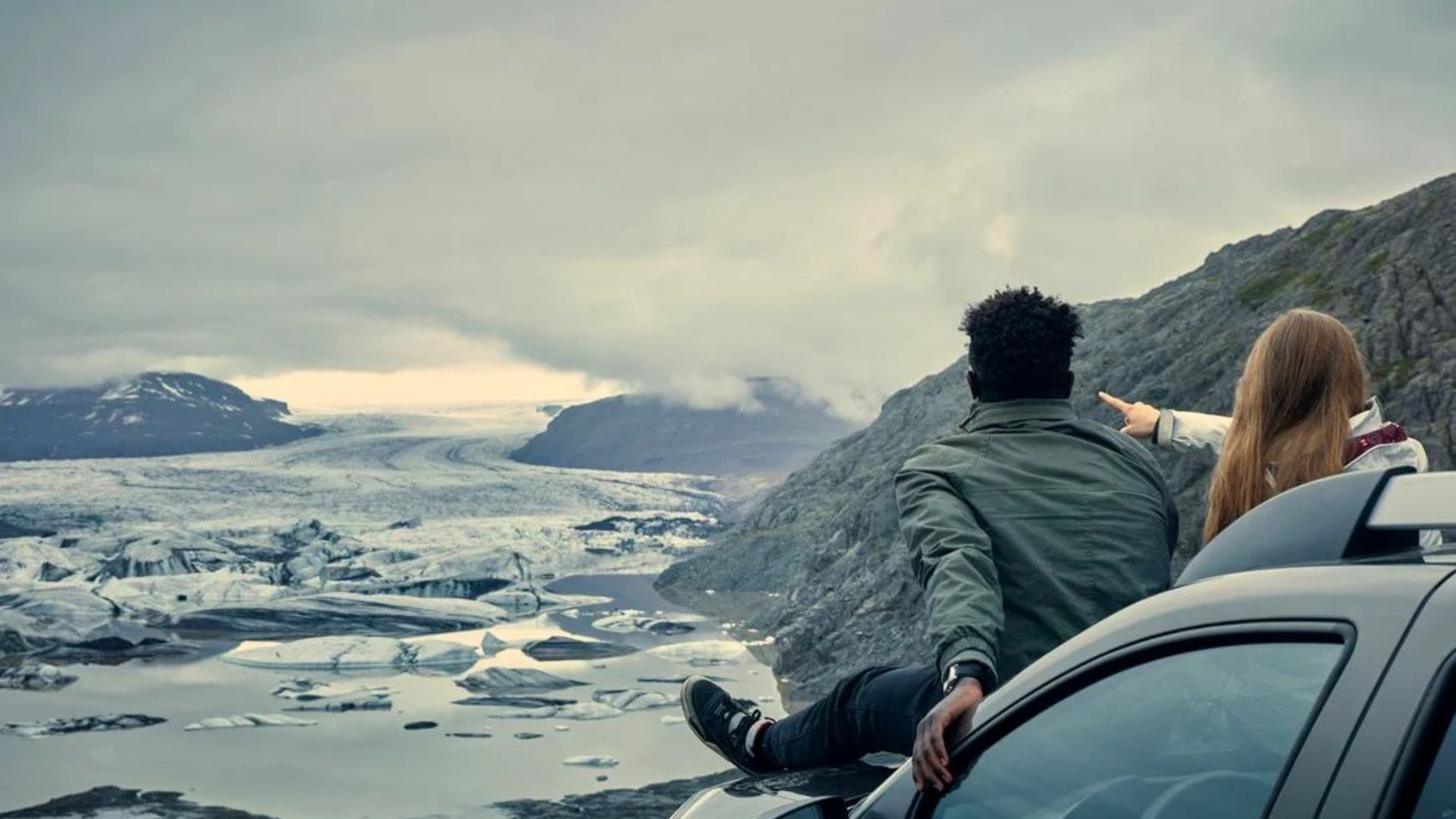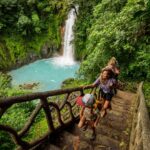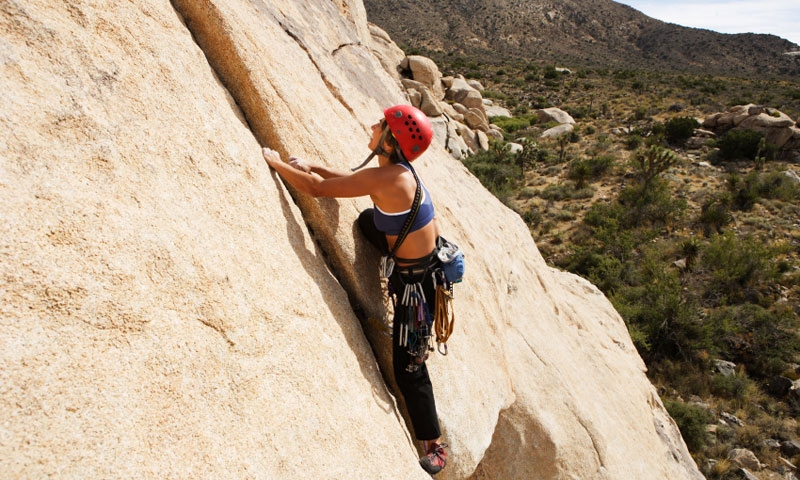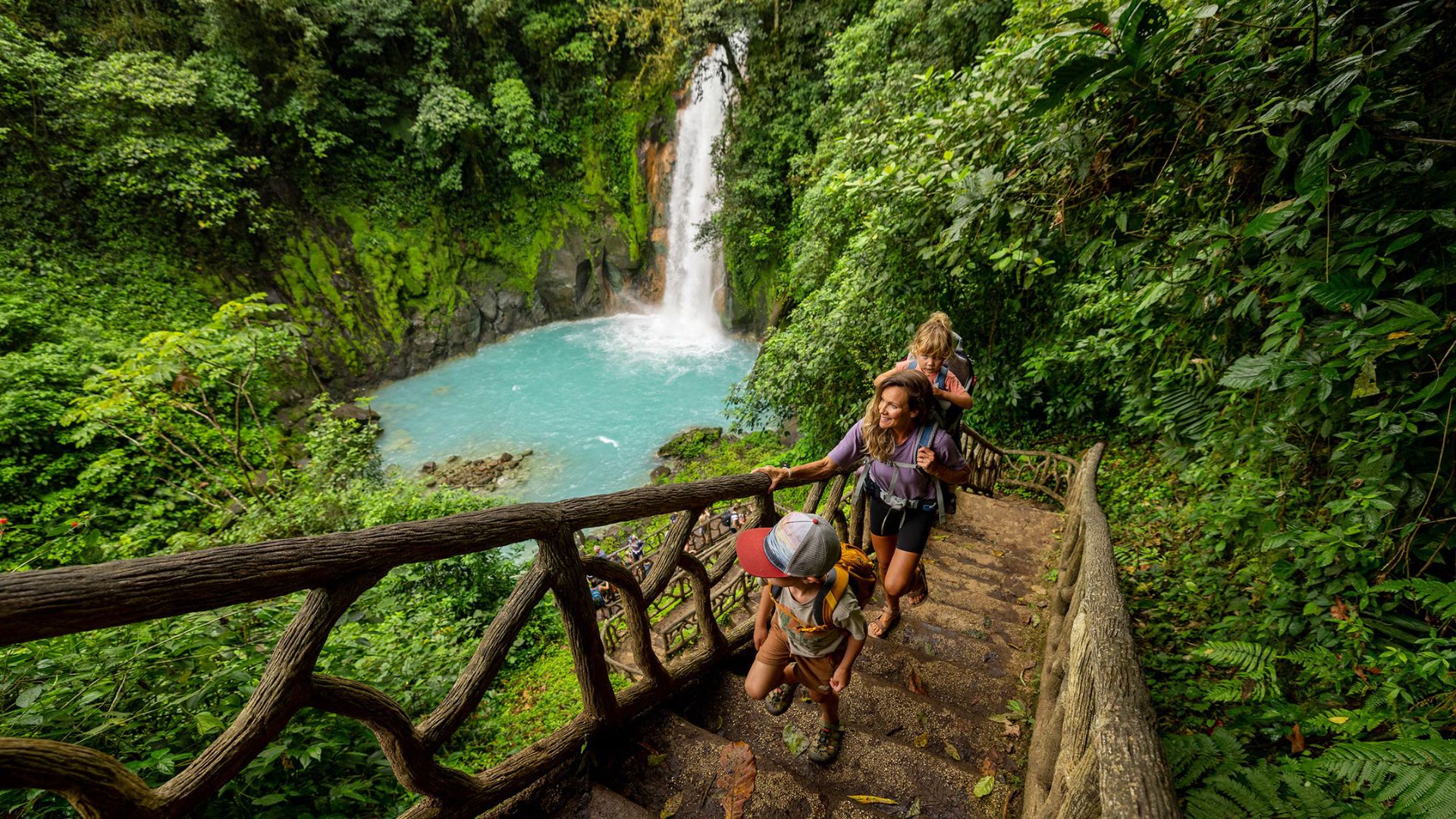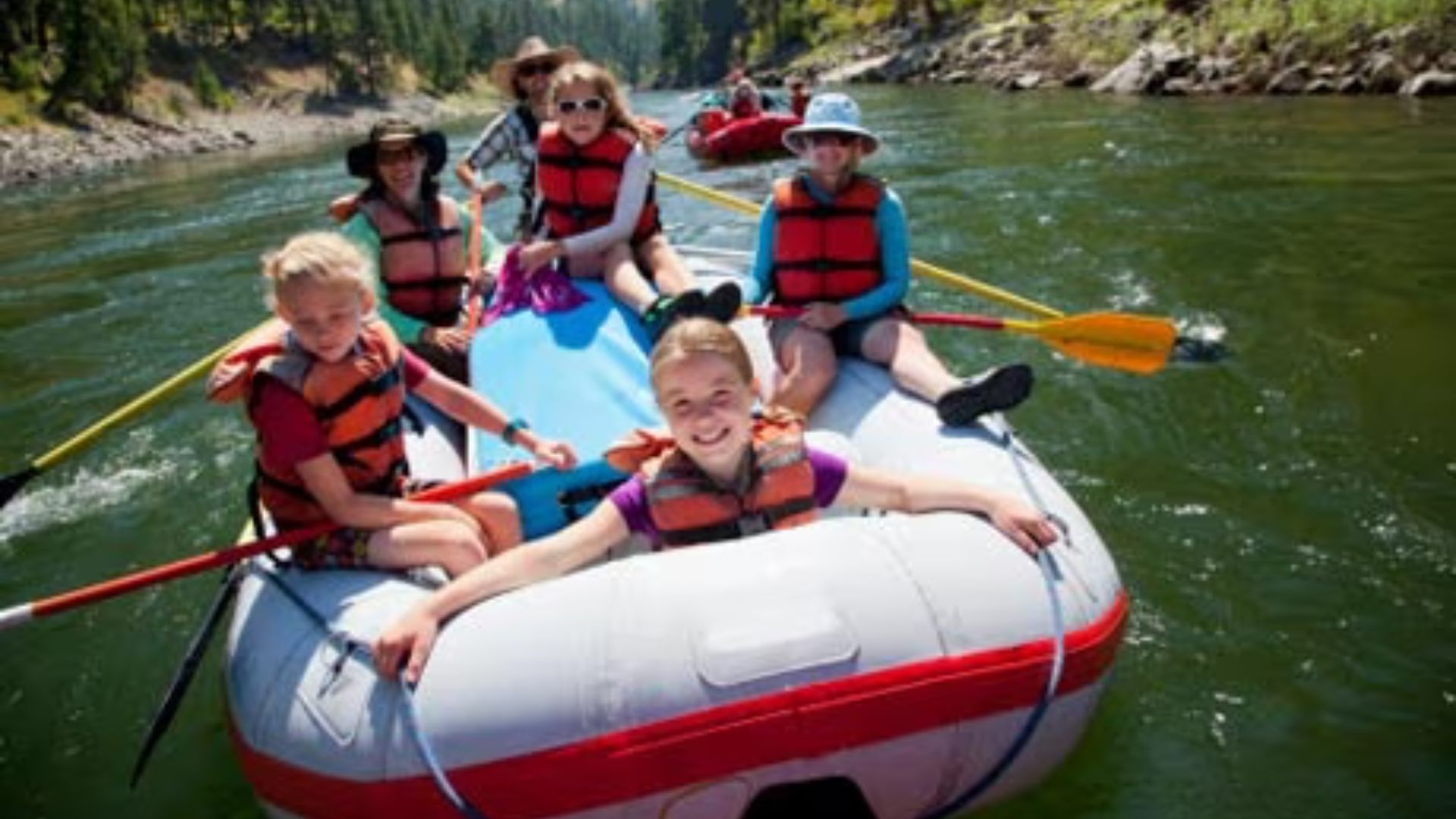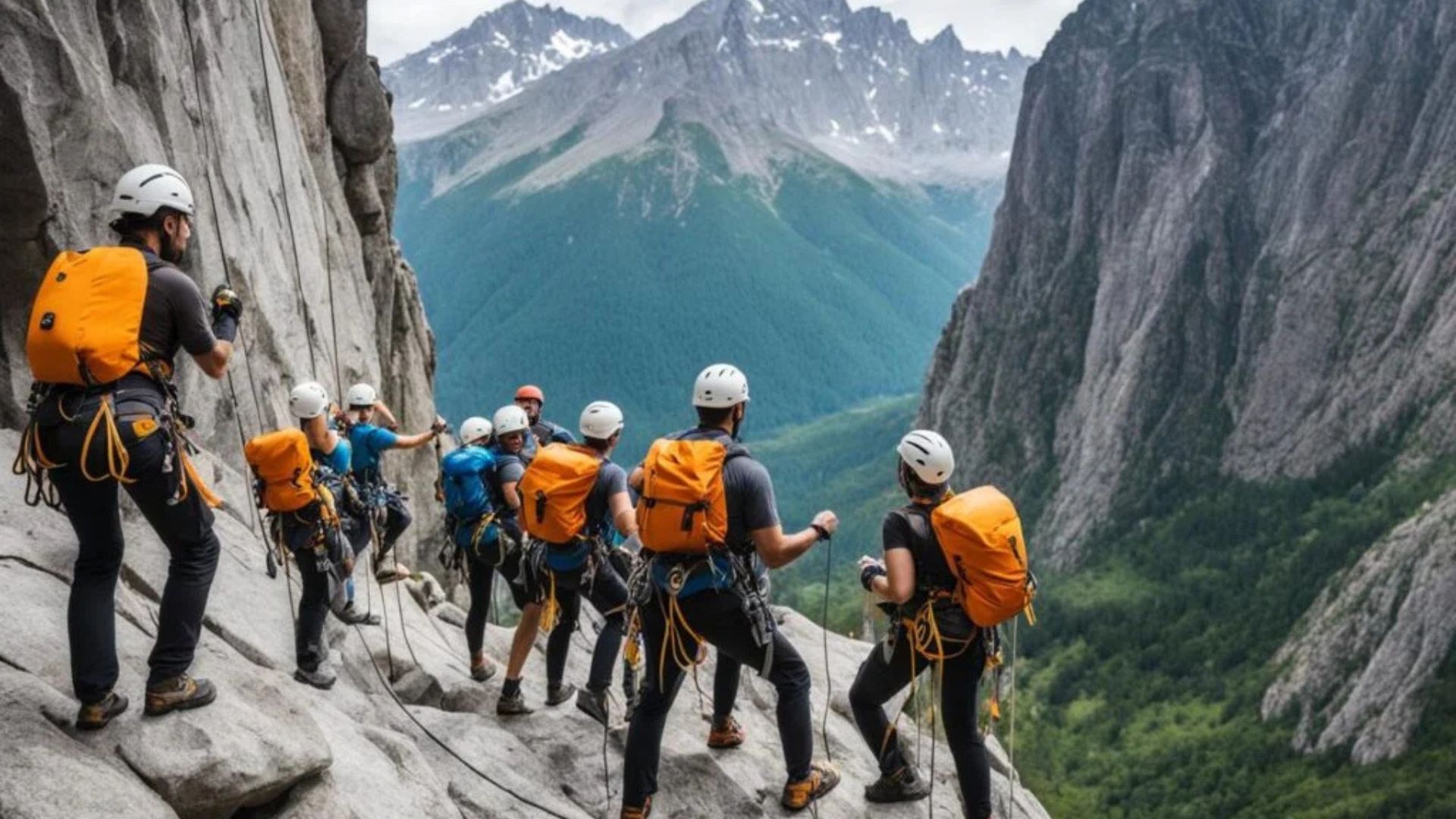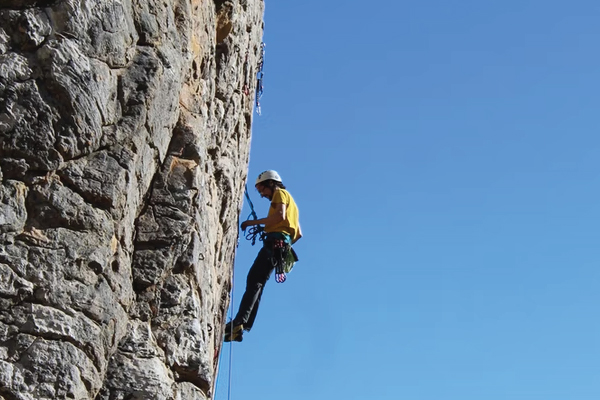
Rock climbing is a thrilling and rewarding adventure that allows you to connect with nature while challenging yourself physically and mentally. If you’re looking for incredible places to climb, national parks across the United States offer some of the most iconic and breathtaking climbing spots. Whether you’re an experienced climber or just starting out, here are the best national parks for rock climbing adventures.
1. Yosemite National Park, California
Yosemite National Park is perhaps the most famous rock climbing destination in the world. With towering granite cliffs, breathtaking views, and a wide variety of climbs, it’s no wonder that climbers flock to Yosemite year-round.
Why It’s Great for Climbing:
-
El Capitan: This legendary 3,000-foot granite monolith is considered one of the ultimate climbing challenges. It’s a destination for advanced climbers seeking multi-day, technical routes.
-
Half Dome: Another iconic peak in Yosemite, the Half Dome ascent is both physically demanding and visually stunning, offering one of the best views in the park.
-
Variety of Routes: Yosemite offers climbs for all levels, from beginner-friendly bouldering spots like the Stony Point area to expert-level big wall routes.
Best Time to Visit:
The best climbing conditions are typically during late spring through early fall (May to October), as many routes are too dangerous or inaccessible during the winter months due to snow and ice.
2. Zion National Park, Utah
Zion National Park is known for its stunning red rock cliffs, slot canyons, and dramatic landscapes. The park offers an excellent range of rock climbing options, from challenging multi-pitch climbs to short bouldering problems.
Why It’s Great for Climbing:
-
Angels Landing: Although primarily a hiking trail, Angels Landing offers some thrilling scrambling and exposed sections that climbers often enjoy.
-
The Watchman: This classic route offers beginner and intermediate climbers a chance to scale Zion’s beautiful sandstone cliffs with rewarding views.
-
Tower of the Virgin: For advanced climbers, this challenging route offers technical climbing with stunning surroundings.
Best Time to Visit:
Spring and fall offer the best climbing conditions in Zion, with cooler temperatures and fewer visitors. Summer can be extremely hot, making it less ideal for climbing.
3. Joshua Tree National Park, California
Joshua Tree National Park is a climber’s paradise, offering more than 8,000 climbing routes.
Why It’s Great for Climbing:
-
Wide Range of Routes: Joshua Tree has climbing routes for all levels, from beginner-friendly bouldering to challenging multi-pitch trad climbs.
-
Rock Quality: The granite boulders and rock faces provide solid, reliable holds, making it a favorite for both novice and experienced climbers.
-
Unique Landscape: Climbing amid the park’s iconic Joshua trees and surreal desert scenery is an experience unlike any other.
Best Time to Visit:
The best times to climb in Joshua Tree are during the fall and spring months (October to April), when the temperatures are cooler. Summers can be extremely hot, making climbing unsafe.
4. Rocky Mountain National Park, Colorado
Rocky Mountain National Park offers dramatic high-altitude climbing, with routes ranging from easy scrambles to challenging technical ascents. The park’s towering peaks and alpine landscapes make it a prime spot for climbers looking for adventure.
Why It’s Great for Climbing:
-
Longs Peak: This is one of Colorado’s 14ers (mountains over 14,000 feet), and it offers a challenging technical climb for experienced mountaineers. The Keyhole Route is the most popular way to summit.
-
Lumpy Ridge: A favorite among climbers, Lumpy Ridge offers a wide variety of trad climbing routes, with spectacular views of the surrounding mountains.
-
Variety of Climbing Options: Whether you prefer bouldering, sport climbing, or trad climbing, Rocky Mountain National Park has something for every type of climber.
Best Time to Visit:
The best time to climb in Rocky Mountain National Park is late spring to early fall (June to September), when the weather is more predictable and accessible. Winter climbing is an option but requires expertise in snow and ice climbing.
5. Arches National Park, Utah
Known for its striking sandstone arches and rock formations, Arches National Park provides climbers with a visually stunning setting and challenging routes. The park’s unique landscape makes it one of the most photogenic climbing destinations in the world.
Why It’s Great for Climbing:
-
Delicate Arch: While the famous arch itself isn’t climbable, there are many nearby rock formations where climbers can enjoy excellent bouldering and sport climbing.
-
The Fiery Furnace: This section of the park offers some more technical climbing options, and although it requires a ranger-guided tour to enter, it’s well worth it for adventurous climbers.
-
Moab: The town of Moab, located just outside the park, is home to many other climbing areas, including Castle Valley and Wall Street.
Best Time to Visit:
Spring and fall are the best times to climb in Arches, with cooler temperatures and fewer tourists. Summer temperatures can soar above 100°F, making climbing uncomfortable and dangerous.
6. Grand Teton National Park, Wyoming
Grand Teton National Park is known for its dramatic jagged peaks, making it one of the top rock climbing destinations in the U.S. It’s a playground for advanced climbers seeking multi-pitch routes and alpine climbing.
Why It’s Great for Climbing:
-
Grand Teton: The Grand Teton’s technical climb is one of the most famous in the U.S. and attracts climbers from all over the world.
-
Middle Teton: If you’re looking for a slightly less challenging but still rewarding climb, the Middle Teton offers excellent alpine rock climbing routes.
-
Exhilarating Views: Climbing in the Teton Range offers breathtaking views of nearby lakes and valleys, making every ascent a scenic experience.
Best Time to Visit:
The summer months (June to September) are ideal for climbing, as most routes are snow-free. Winter climbing is possible but requires expertise in alpine and ice climbing techniques.
7. Smith Rock State Park, Oregon
Smith Rock State Park is a must-visit for sport climbers, thanks to its dramatic volcanic rock formations and world-class climbing routes. Located in central Oregon, it’s a premier destination for those seeking challenging climbs and incredible views.
Why It’s Great for Climbing:
-
Sport Climbing Mecca: Smith Rock is known as the birthplace of modern sport climbing, with over 1,800 climbing routes available.
-
Monkey Face: One of Smith Rock’s most iconic formations, Monkey Face offers a challenging multi-pitch climb that attracts climbers from around the world.
-
Incredible Views: Climbers at Smith Rock are treated to stunning views of the Crooked River and the surrounding high desert landscape.
Best Time to Visit:
The best time to visit Smith Rock for climbing is in the spring and fall, when temperatures are mild and the conditions are ideal for climbing. Summer can be very hot, especially for desert climbing.
8. Shenandoah National Park, Virginia
For climbers looking for a more relaxed experience, Shenandoah National Park offers beautiful, less crowded routes in the Appalachian Mountains. It’s a great destination for traditional climbing, bouldering, and scenic hikes.
Why It’s Great for Climbing:
-
Old Rag Mountain: Known for its rock scrambling and technical ascents, Old Rag is one of Shenandoah’s most popular climbing destinations.
-
Buzzard Rock: This area offers challenging trad climbs with great views of the surrounding forests and valleys.
-
Accessibility: Shenandoah is relatively close to Washington D.C., making it an easy weekend climbing getaway.
Best Time to Visit:
Spring and fall are ideal for climbing in Shenandoah, as the weather is mild, and the park’s foliage is beautiful. Summer can be humid, while winter climbing is possible but requires experience with cold weather conditions.
Conclusion
Whether you’re an experienced rock climber or just starting out, the U.S. national parks offer some of the most iconic and beautiful climbing opportunities in the world. From the granite walls of Yosemite to the red rock cliffs of Zion, there’s no shortage of breathtaking landscapes and challenging climbs to explore. So pack your gear, choose your destination, and get ready for an epic rock climbing adventure!

